Emergence of Targeted Therapies
The glioma diagnosis-treatment market in South America is witnessing a shift towards the emergence of targeted therapies. These therapies, which focus on specific molecular targets associated with gliomas, are gaining traction due to their potential to improve treatment outcomes. Clinical trials have shown promising results, with some targeted therapies demonstrating a 30% increase in survival rates for certain glioma subtypes. As more targeted treatment options become available, healthcare providers are likely to incorporate these therapies into their treatment protocols. This trend not only enhances the effectiveness of glioma management but also drives the overall growth of the glioma diagnosis-treatment market, as patients seek access to the latest advancements in care.
Growing Awareness and Education
The glioma diagnosis-treatment market in South America is also being driven by growing awareness and education regarding brain tumors. Increased public knowledge about gliomas, their symptoms, and the importance of early diagnosis is leading to more individuals seeking medical attention. Educational campaigns by healthcare organizations and non-profits have contributed to this trend, resulting in a higher rate of early detection. As awareness rises, the demand for diagnostic services and treatment options is expected to increase. This shift in patient behavior is likely to create a more robust market for glioma diagnosis and treatment, as healthcare providers adapt to meet the needs of a more informed patient population.
Rising Incidence of Glioma Cases
The glioma diagnosis-treatment market in South America is experiencing growth due to the rising incidence of glioma cases. Recent data indicates that the incidence rate of gliomas in South America has increased by approximately 2.5% annually. This trend is likely attributed to factors such as environmental influences and lifestyle changes. As the number of diagnosed cases rises, the demand for effective diagnostic and treatment options intensifies. Healthcare providers are compelled to enhance their capabilities in glioma detection and management, thereby driving investments in advanced imaging technologies and treatment modalities. Consequently, this growing patient population is expected to stimulate the glioma diagnosis-treatment market, leading to innovations in therapeutic approaches and improved patient outcomes.
Government Initiatives and Funding
Government initiatives aimed at improving cancer care are playing a pivotal role in the glioma diagnosis-treatment market in South America. Increased funding for cancer research and treatment programs has been observed, with several countries allocating substantial budgets to enhance healthcare infrastructure. For instance, Brazil has committed over $500 million to cancer research initiatives, which includes glioma studies. These investments are expected to foster innovation in diagnostic and therapeutic approaches, ultimately benefiting patients. Furthermore, public health campaigns aimed at raising awareness about gliomas are likely to lead to earlier diagnoses, thereby increasing the demand for treatment options. This supportive environment is anticipated to bolster the glioma diagnosis-treatment market.
Advancements in Imaging Technologies
Technological advancements in imaging modalities are significantly impacting the glioma diagnosis-treatment market in South America. Innovations such as MRI and PET scans have improved the accuracy of glioma detection, allowing for earlier diagnosis and better treatment planning. The market for imaging technologies is projected to grow at a CAGR of 6% over the next five years, reflecting the increasing reliance on these tools in clinical practice. Enhanced imaging capabilities facilitate precise tumor localization and characterization, which are crucial for tailoring treatment strategies. As healthcare facilities adopt these advanced technologies, the glioma diagnosis-treatment market is likely to expand, providing patients with more effective and personalized care.


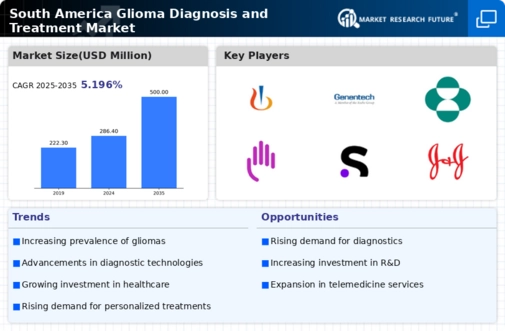
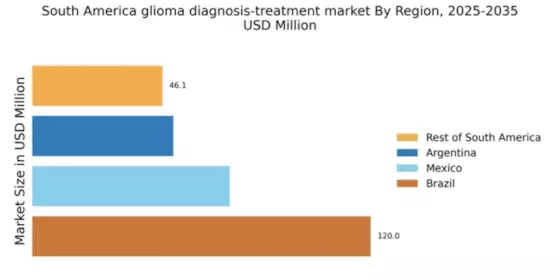
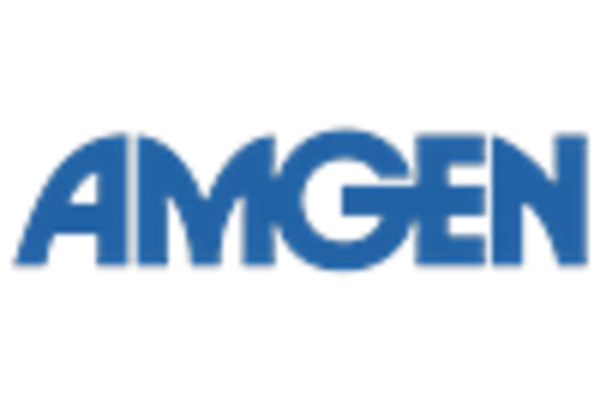

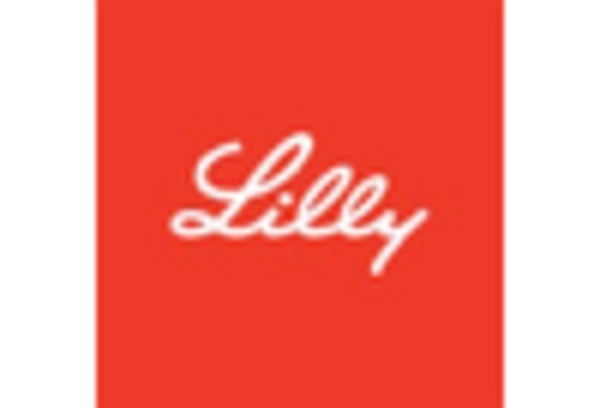
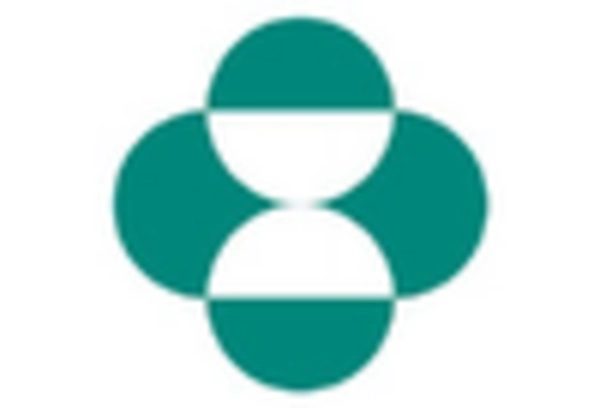

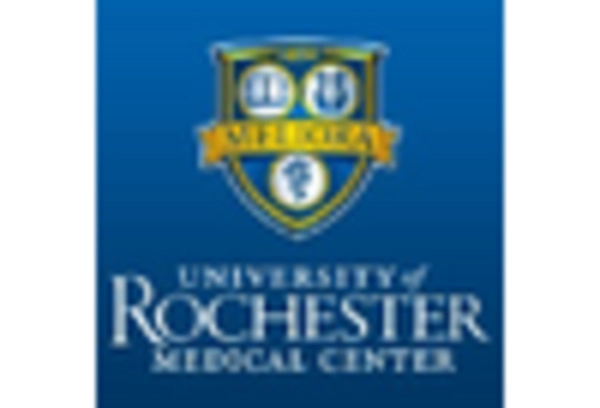








Leave a Comment